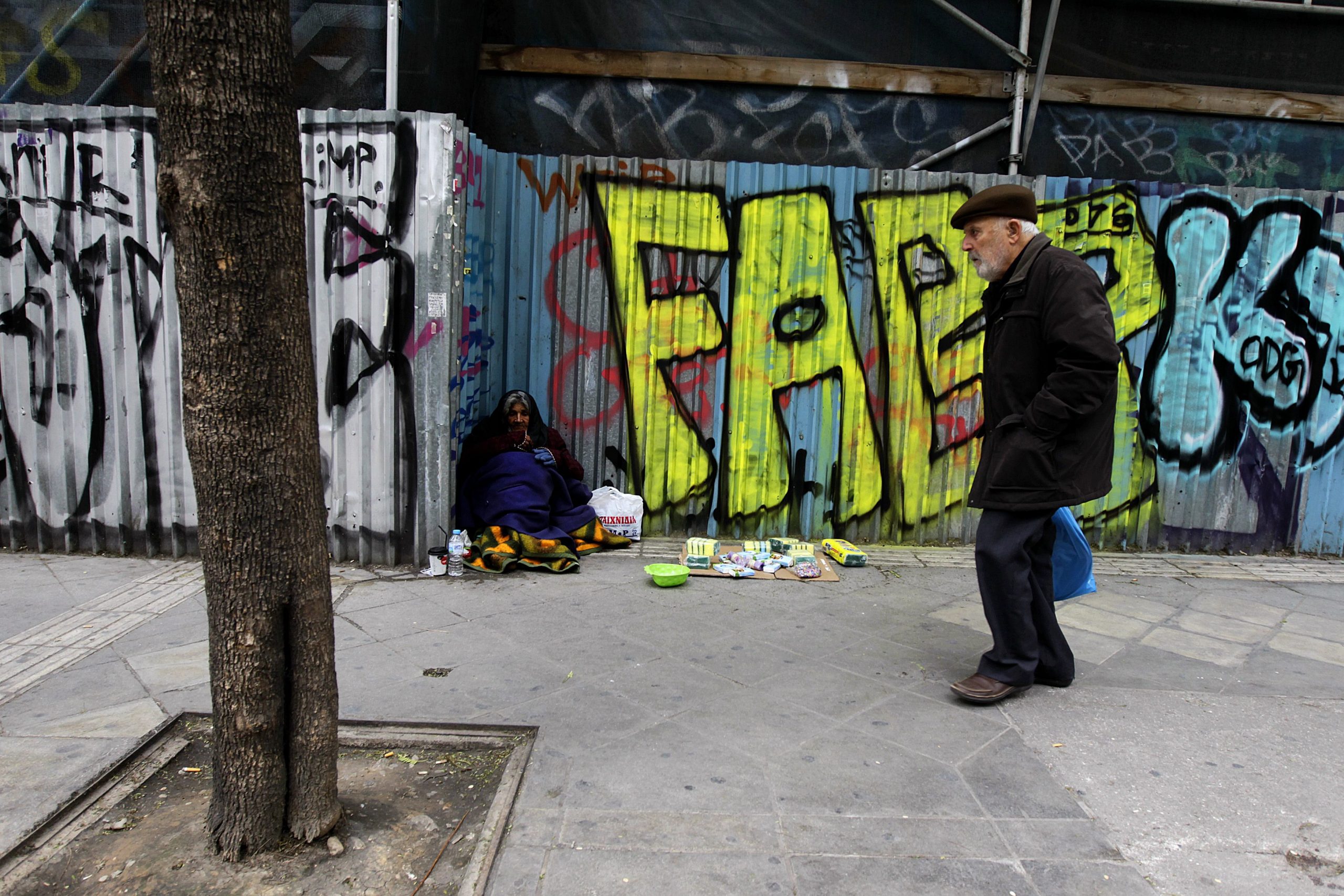
Two out of three households (64%) with very low labor intensity in the EU were at risk of poverty in 2020, while in Greece the corresponding percentage reached 59.6%, according to data published by the European statistical agency, Eurostat.
Work intensity reflects how much all working-age household members have worked compared to their potential. In general, the higher the labor intensity within a household (the closer people are to full-time employment), the less likely it is to be at risk of poverty. Work intensity is divided into three levels, ranging from very low, medium and very high. 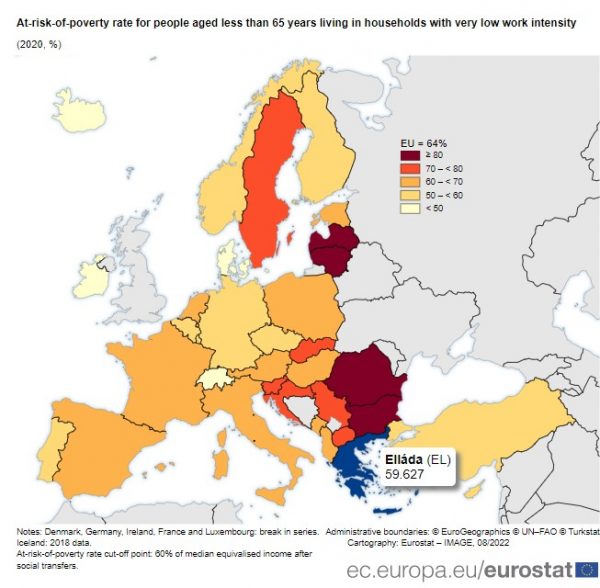
In the EU, the at-risk-of-poverty rate for people aged less than 65 years living in households with very low work intensity was 64.0% in 2020. This rate ranged from 48.7% in Denmark and 49.9% in Ireland to more than 70.0% of the population in nine EU Member States. It reached a peak of 85.4% in Lithuania, followed by Romania (84.2%) and Latvia (80.6%).
2020 data for the EU shows that employment helped prevent people from falling into poverty. The at-risk-of-poverty rate was 64.0% for people aged less than 65 years living in households with very low work intensity as compared to 5.3% for people living in households with very high work intensity, while the percentage for people living in households with medium work intensity was 23.6%. 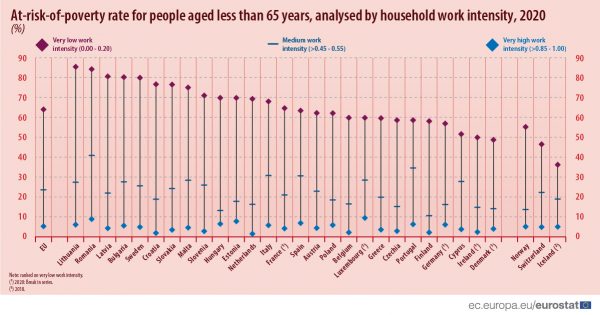
Across all EU Member States, a similar pattern was observed, meaning that at risk of poverty decreased as work intensity increased.
Latest News

DM Dendias: We talk With Turkey But We Always Bring Up Their Unacceptable Positions
Second and last day of closely watched conference, entitled 'Metapolitefsi 1974-2024: 50 Years of Greek Foreign Policy', also included appearances by PM Mitsotakis, Ex-PM Tsipras and PASOK leader Nikos Androulakis, among others
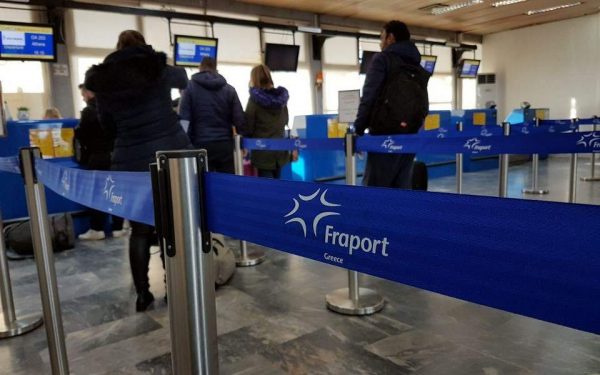
Rhodes Airport Tops Fraport Greece’s Regional Airports in 2024 Performance
According to Fraport's data, more than 35 million passengers (specifically 35.2 million) were handled by Fraport-managed airports during the 11 months.
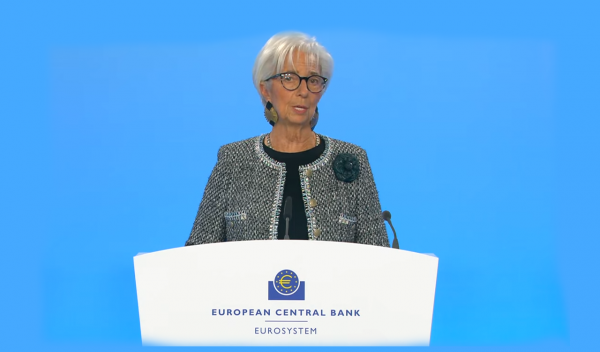
European Central Bank Cuts Interest Rates by 25 Basis Points
It is the fourth cut of interest rates by Europe’s central bank, a move expected by the markets and financial analysts leading to the rate settling at 3%.

Airbnb: New Measures Add €600 in Extra Costs for Property Owners
Property managers face an immediate administrative fine of 5,000 euros if access to the inspected property is denied or any of the specified requirements are not met.

Economist: Greece Included in the Best Performing Economies in 2024
Meanwhile, Northern European countries disappoint, with sluggish performances from the United Kingdom and Germany.

EasyJet Expands Its Routes from Athens
The airline’s two new routes will be to London Luton and Alicante and they will commence in summer 2025.

Capital Link Forum Highlights Greece’s Economic Resurgence; Honors BoG Gov Stournaras
Capital Link Hellenic Leadership Award recipient, Bank of Greece Gov. Yannis Stournaras, an ex-FinMin, was lauded for his pivotal role during Greece’s economic recovery

Tourist Spending in Greece Up by 14%, Visa Card Analysis Shows
Greece’s capital Athens emerged as the most popular destination, recording a 17% increase in transactions with Visa cards, surpassing even the cosmopolitan island of Mykonos.

Inflation in Greece Unchanged at 2.4% in Nov. 2024
The general consumer price index (CPI) posted a 0.4% decrease in November compared to the previous month

2024 Christmas Holidays: Extended Shop Hours Schedule
The 2024 Christmas Holidays extended shop hours schedule commences on Thursday, December 12 and runs until the end of the year.


![Φυσικό αέριο: Δυναμικό come back του LNG στην Ελλάδα [γραφήματα]](https://www.ot.gr/wp-content/uploads/2023/01/OT_naturalgas-90x90.jpeg)












![Fraport: Πάνω από 35 εκατ. επιβάτες στα αεροδρόμια το 11μηνο – Πτώση στη Μύκονο [πίνακας]](https://www.ot.gr/wp-content/uploads/2022/06/fraport-90x90.jpg)










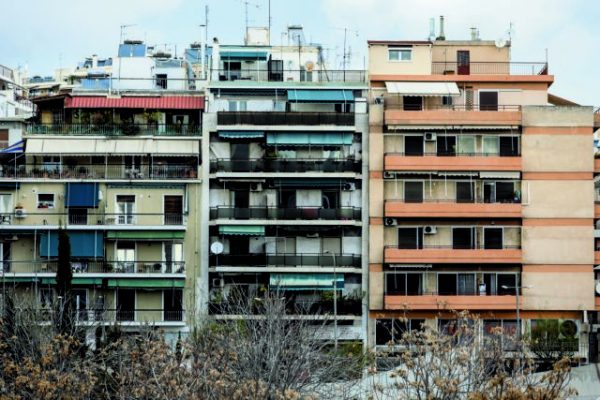










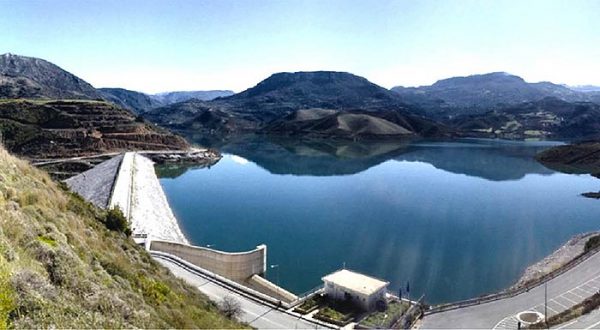


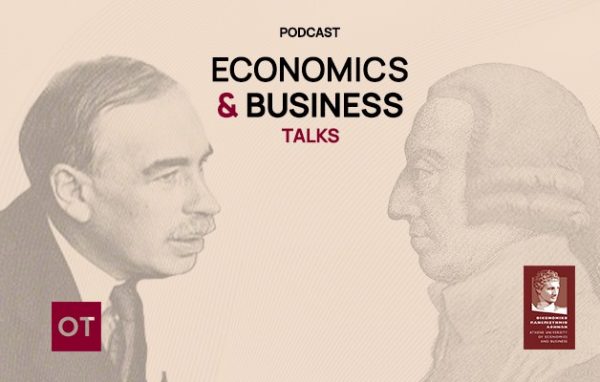
 Αριθμός Πιστοποίησης Μ.Η.Τ.232433
Αριθμός Πιστοποίησης Μ.Η.Τ.232433